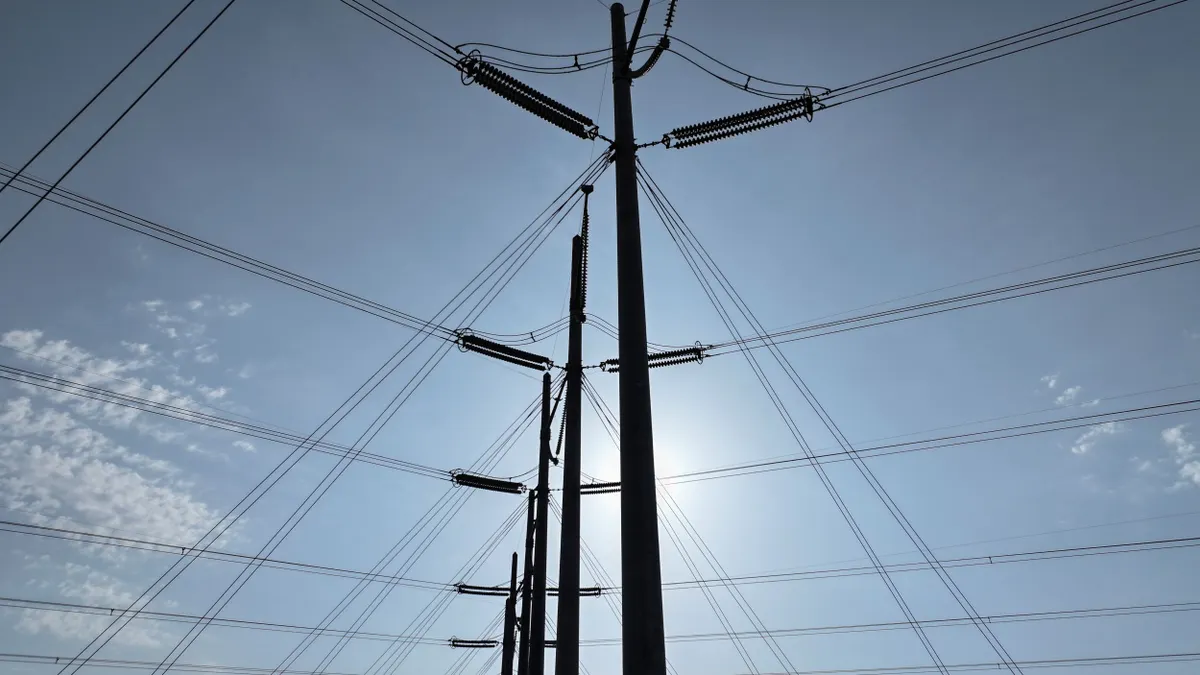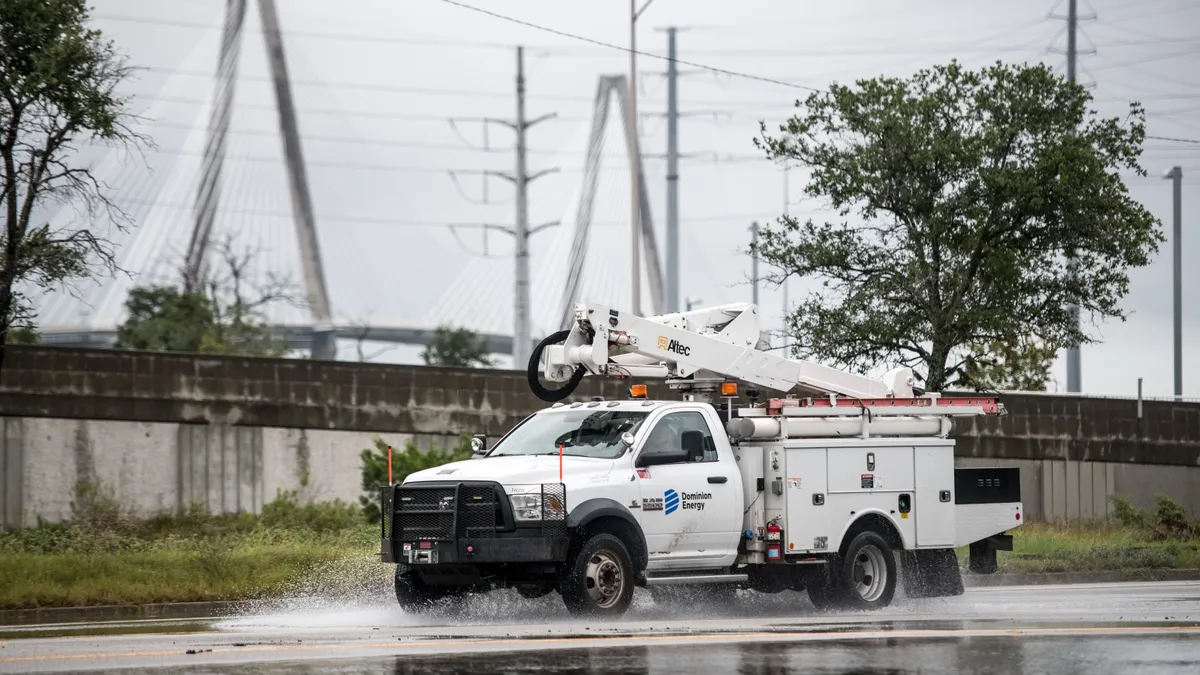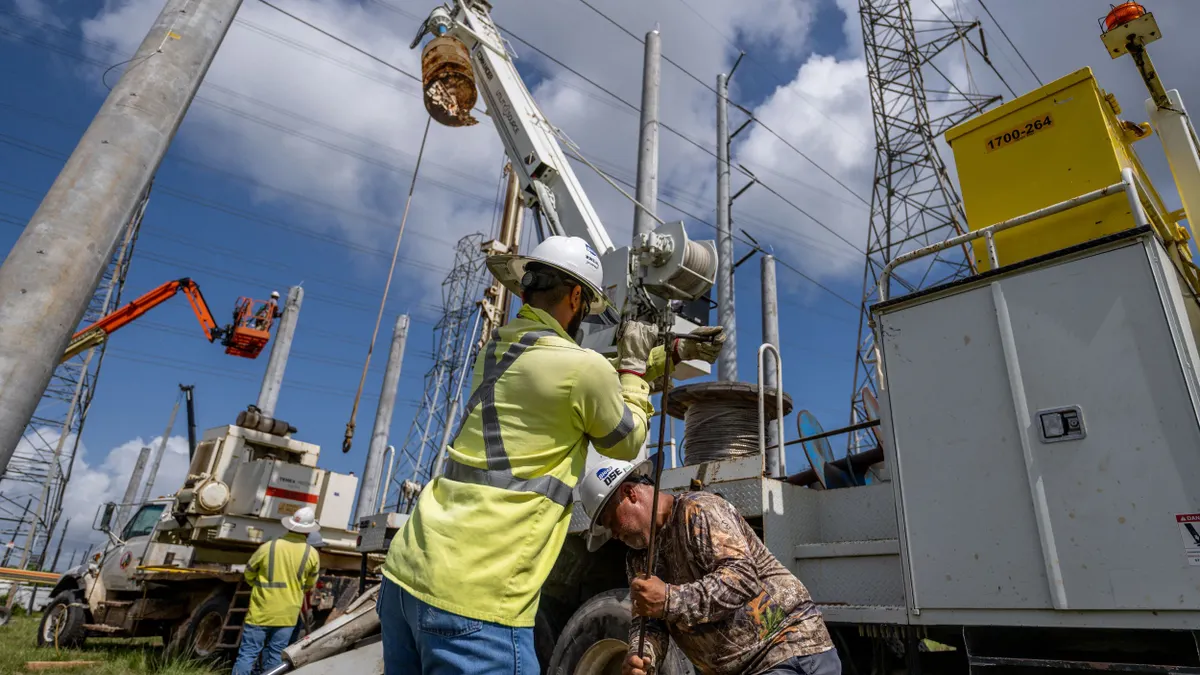Tony Clark is a former FERC commissioner and a former commissioner and chairman of the North Dakota Public Service Commission. He is a senior advisor at the firm of Wilkinson Barker Knauer.
Two years ago this month, I testified before a congressional committee and commented that, “transmission and generation projects exist to support customers. Customers don’t exist to support transmission and generation projects.” Given recent energy policy discussions, it is a point worth re-emphasizing.
Specifically, the now concluded debt ceiling negotiations renewed the debate about how prescriptive the federal government should be in in setting electricity policy. It brings to mind a different debate of just a few years prior. Recall that it wasn’t long ago that former U.S. Energy Secretary Rick Perry proposed a rule to FERC to retain fuel-secure dispatchable generation units. It stirred up a hornets’ nest of opposition, to put it mildly. Critics argued the proposal was a crude and overly broad tool that would have far reaching impacts and unquantified costs and benefits for consumers.
How times change. Many of those who opposed the 2017 Perry proposal now tout a new policy, “minimum transfer capability,” known as MTC, which, ironically, receives criticism of a similar rationale. MTC would assign a federally mandated amount of electric transmission to be built and available between regions of the country. Like the Perry proposal, its critics allege that it will distort price signals in the electricity markets, while serving as a stalking horse for another agenda. One proposal was criticized for effectively subsidizing coal and nuclear units in the name of reliability, the other for subsidizing a renewables-enabling transmission buildout in the name of reliability.
Both proposals met similar fates. In 2018, FERC declined to adopt the Perry proposal, while pledging to further study grid resilience. And now Congress has declined to impose MTC as part of the just enacted debt ceiling compromise, also pending further study. In both cases, there appeared to be a recognition that while there are nuggets of truth to each issue — yes, we still need fuel-secure, dispatchable generation, just as we will indeed need more electric transmission — there is also a reluctance to employ blunt force policy instruments whose implications may not be fully understood.
In the case of transmission, both Politico and the Washington Post report that MTC supporters are incensed at its demise, alleging that those who voted to delay the imposition of MTC are simply anti-transmission. A more fair-minded assessment would suggest that those who questioned an immediate MTC mandate are making a similar pitch as the opponents of the Perry proposal; they are calling for a granular study of customer costs and benefits.
I can think of only two reasons to oppose a “study-it-first” approach to MTC. Reason one: you are concerned with what a cost and reliability-based study might reveal. Reason two: you don’t care what it would reveal, you just want the federal government to mandate that more transmission be built now.
Having observed several of these transmission planning exercises during my nearly 16 years as a state and federal utility regulator, I have a good sense of what such an analysis would produce. These studies explore scenarios such as: minimal or no transmission options; super-sized transmission buildout options; and several “Goldilocks” options driven by state integrated resource plans that examine a mix of transmission and non-transmission alternatives.
In my experience, the former approaches often produced relatively high-cost outcomes that didn’t pass a customer benefits test, but the latter might reveal a “sweet spot” that included a list of needed, no-regrets transmission projects. Those happy medium plans will also differ region-to-region since native generation resources and geographical factors weigh heavily on transmission planning scenarios. In a nation as large as ours, one size does not fit all when it comes to the grid.
The key to grid planning is first to acknowledge the central role states play, so that transmission is built according to customer need, not arbitrary mandates. Resource adequacy and transmission planning start from the bottom-up, which is to say, on the state side of the federal-state jurisdictional divide. It is only states that have retail jurisdiction and direct oversight of customer bills. State and local governments decide what types of generation can be built and where. And it is only states that have comprehensive resource adequacy authority (at least for those states that did not voluntarily abdicate it via utility restructuring).
This means only states are empowered with the ability to holistically assess the range of options available to build a grid that supports reliability at a reasonable cost to customers. Those assessments might conclude long-haul transmission is the best way to serve customers, or it could recommend generation and/or some other combination of technologies sited closer to load.
The federal government’s role should be viewed as complementary to state jurisdiction in these matters. And that is the concern with the general drift of many of the federal “solutions” that have been proposed recently, such as MTC or other federalized transmission policies that may not adequately take into consideration disparate state energy circumstances. These incrementally reinforce the ill-conceived notion that transmission is assumed, and then subsequent state decisions should flow from that starting point. It is an upside-down view of the electricity world.
While FERC is a skilled regulatory agency regarding those matters within its jurisdiction, it lacks comprehensive expertise and responsibility regarding the most important part of the equation: the end-use customer. Rather, FERC jurisdiction is exercised through the relatively narrow lens of wholesale electricity sales and interstate transmission.
A better way to consider transmission is to view it as one very important tool in the resource adequacy toolbox. States should use their regulatory authority to ensure accountability for decisions that their utilities make — including appropriate planning that considers interstate transmission as a potential solution. FERC may be able to complement those efforts through its jurisdiction. But make no mistake, the starting point should be reliability and affordability for customers, and that means a heavy reliance on the states because they are the only entities that retain retail rate, generation permitting and resource adequacy jurisdiction.
The country needs more transmission, of that there is little question. And it is likely to get more, so it must be done the right way. Making sure that customers’ needs are put first means that transmission policy must be done in coordination with the legitimate policy prerogatives of states, not at the expense of them.






















